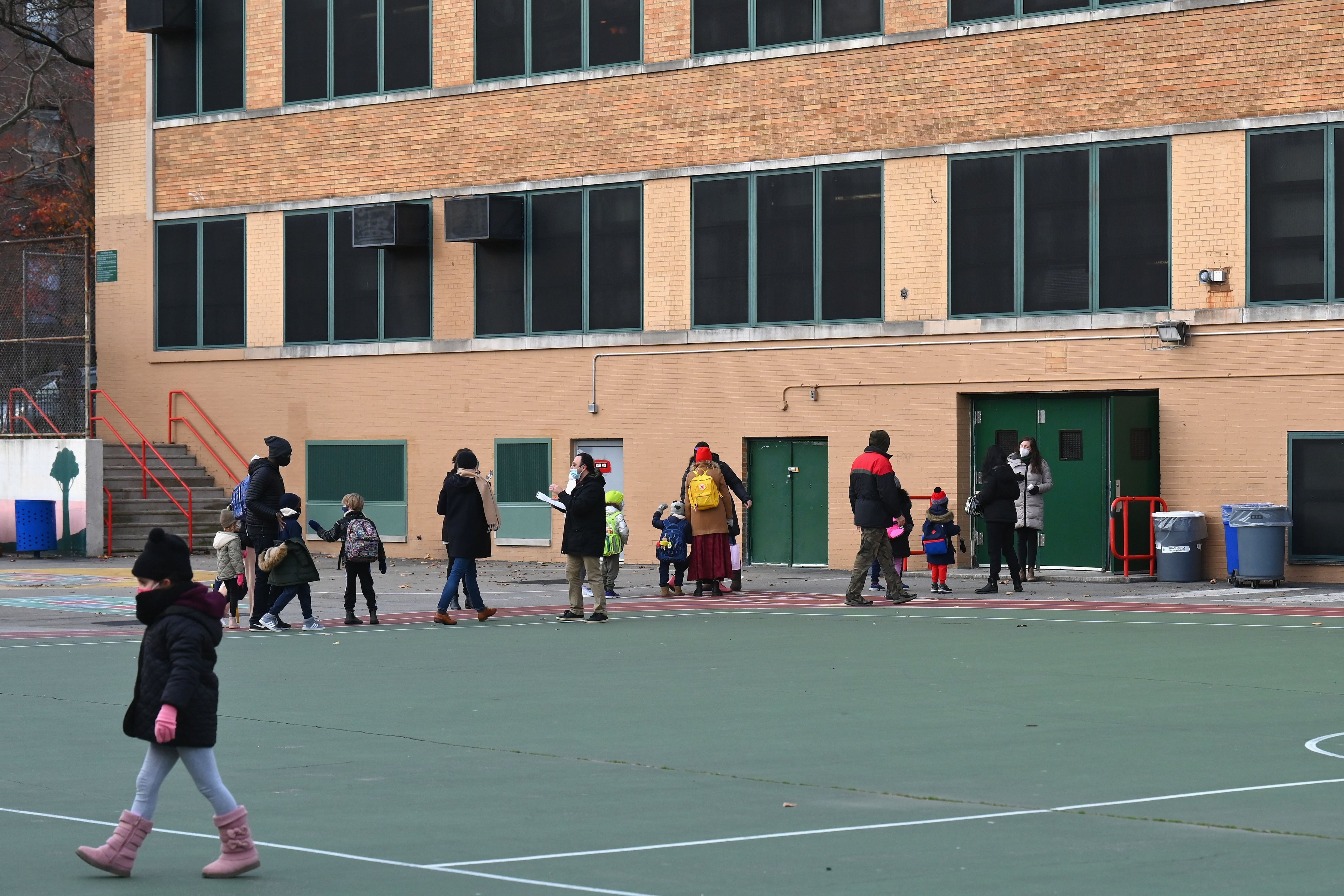Chicago Public Schools plans to use federal stimulus dollars to close a budget gap and reopen school buildings in early 2021, school chief Janice Jackson said Tuesday.
The school district expects to receive about $800 million from the latest coronavirus relief package, netting an estimated $720 million after it sets aside $80 million for private schools. Jackson said $343 million could be used to close a midyear budget hole, while $375 million will go toward emergency expenses connected to remote learning and reopening this school year and next.
The stimulus package is not yet a done deal. It must be signed by President Donald Trump, who criticized the deal Tuesday.
The district said it also plans to use the money to address more than $100 million in obligations from its five-year deal with the Chicago Teachers Union — notably salary increases and promises to hire additional nurses, social workers, and case managers. The union won those provisions in its contract after a bitter 11-day strike in 2019. But the deal didn’t lay out a clear plan to pay for the $1.5 billion in additional costs spread over five years.
Chicago Public Schools planned its budget around a second stimulus effort this year, a move that appeared risky earlier in the fall when stimulus efforts stumbled. The new relief package provides about $54 billion to schools nationwide, with another $4 billion for governors to spend on education at their discretion. Federal law requires the school district to earmark some of that money for private schools.
Jackson said Tuesday the federal relief effort was “essential” as the district faces rising costs amid a decline in local property tax revenues and flat state education funding.
“Since the COVID-19 pandemic began, schools in Chicago and beyond have grappled with immense, unprecedented challenges that have made every aspect of supporting our students more complicated and costly,” she said in a statement. “This crucial federal funding ensures our ability to support the critical resources needed to reopen classrooms, expand access to high-quality academic programming, employ record high numbers of nurses and social workers, invest in social and emotional supports, and provide additional resources to our highest-need schools.”
Jackson was among a group of big city school chiefs calling on the federal government to issue a Marshall Plan to rescue schools from the rising costs associated with the pandemic. She said the district will apply some relief to its immediate gap. It also plans to set aside some money for the 2021-22 school year, when it anticipates as much as $300 million in additional costs due to the pandemic.
The second stimulus package amounts to about $1,000 per student across the country — roughly equal to the amount the federal government spends on K-12 schools in a typical year. Already, some observers have warned that the additional money could end up plugging holes in state funding as critical revenue sources, such as sales taxes, take a hit.
So far, Chicago’s school-related emergency expenditures have totaled $75 million this year, including $42 million in technology related purchases, Jackson said. The district’s latest purchasing tally included 62,000 Chromebooks, 1,200 WiFi units, 30,000 iPads, and 110,000 headphones. Those expenses reflect a major push by the district to bridge a gaping digital divide for low-income students in the city — an effort that has drawn praise and, at times, raised questions, including a recent Office of Inspector General inquiry.
The balance of the emergency bills have gone to cover personal protective equipment, free meals for students, cleaning supplies, and efforts such as contract tracing, which will ramp up when the district reopens school buildings. Chicago plans to bring back pre-kindergarten and some students with disabilities beginning in January; it will reopen K-8 schools Feb. 1. So far, about 1 in 3 students plan to return. But the city’s teachers union continues to challenge that timeline through labor court rulings and public statements, and in a town hall Tuesday night advised teachers not to return to schools if they feared for their health.
Yana Kunichoff contributed reporting.








